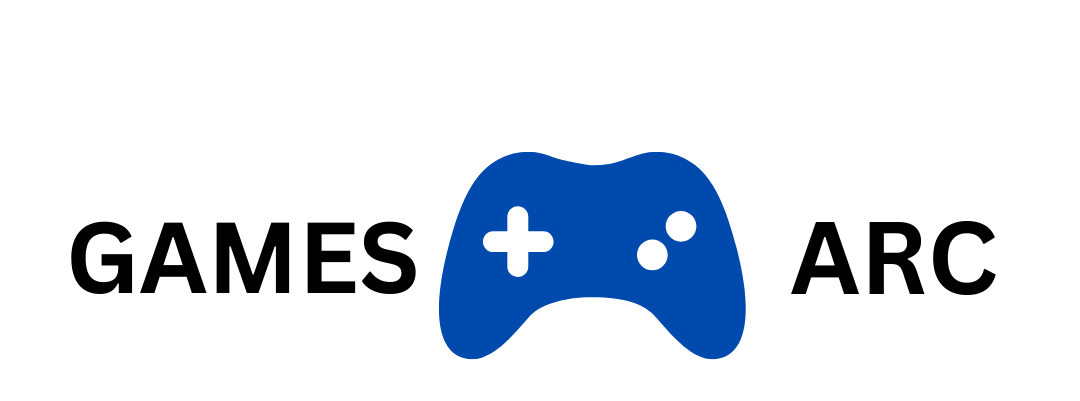Toxic culture refers to an environment in which negative behaviors such as harassment, disrespect, and poor communication become normalized. This can happen in online communities, workplaces, or even within social spaces like gaming. Toxicity often manifests as verbal abuse, trolling, discrimination, and other harmful behaviors that create a hostile environment.
In the case of Free Fire, a popular battle royale mobile game, there are several factors that can contribute to its toxic culture:
Table of Contents
1. Competitive Nature
Free Fire is a highly competitive game where players are constantly battling to win. In such high-stakes environments, emotions can run high, leading to frustration and rage. This can trigger toxic behaviors such as blaming teammates, trash-talking, and rage-quitting when things don’t go as planned.
2. Anonymity
Online games often provide players with a sense of anonymity, which can encourage people to act out in ways they wouldn’t in real-life situations. This can lead to cyberbullying, trolling, and the use of offensive language without fear of real-world consequences.
3. Youthful Audience
Free Fire, like many mobile games, attracts a younger audience. Younger players may not always have the emotional maturity to handle defeats or conflict calmly, which can lead to toxic behaviors like taunting, bragging, or verbal abuse.
4. In-Game Communication
Free Fire features voice chat and text chat functionalities, which, while useful for teamwork, also serve as platforms for toxicity. Players may use these communication channels to harass or belittle others, either intentionally or impulsively in the heat of the moment.
5. Cultural and Regional Rivalries
In some regions, Free Fire is seen as a game of national pride, leading to regional rivalries. Players from different countries or regions may engage in cultural insults or nationalistic taunts, which further escalates the toxic environment.
6. Lack of Effective Moderation
Sometimes, game developers struggle to effectively moderate the millions of interactions that take place in a game. This can lead to inconsistent punishment of toxic behavior, allowing certain players to continue being harmful without facing any real consequences.
7. Influencers and Streamers
Some streamers or content creators associated with Free Fire may model toxic behavior. Since these figures are often idolized by younger players, their negative actions can be emulated by others, normalizing such behavior in the gaming community.
The incident you’re referring to highlights a growing issue within the Free Fire community, particularly with the presence of what is often referred to as the “chapri audience.” This term is used in a derogatory way in some South Asian contexts to describe a subset of the player base that engages in toxic behavior—characterized by disrespect, rude language, and harassment. This segment of the audience, coupled with the game’s overall competitive nature, can significantly affect content creators, streamers, and even the community at large.
Reasons Behind Channel Shutdown Due to Free Fire Toxicity
- Toxic Comments and Harassment: Many YouTube content creators have experienced an overwhelming amount of negative comments, spam, and personal attacks from this toxic subset of the Free Fire audience. This kind of behavior makes it difficult for creators to manage their channels, leading to mental and emotional exhaustion.
- Targeted Hate and Cyberbullying: Toxic players may organize mass dislike campaigns, post negative comments, or even report content falsely, putting creators at risk of having their channels taken down. In extreme cases, audiences have engaged in cyberbullying, which can harm creators’ reputations and mental health.
- Violation of YouTube’s Policies: If a creator responds to or gets involved in toxic interactions, such as by using offensive language or engaging in harassment, they may inadvertently violate YouTube’s community guidelines. This could result in penalties, strikes, or even the channel being terminated.
- Chapri Audience and Trolling: The “chapri” subculture within the Free Fire community is often associated with immature, offensive, and troll-like behavior. Some of these individuals engage in disrespectful content creation, spreading memes or making videos that degrade other players, leading to a negative environment. When a large audience engages in such behavior, it reflects poorly on the overall community, making it toxic for creators who want to produce genuine content.
- Creator Fatigue: Many content creators quit or shut down their channels not just because of a single event but due to ongoing harassment. Constant exposure to negativity—especially in a massive audience like 7 million subscribers—can lead to burnout. For some, the stress of maintaining a positive channel while dealing with this toxic portion of the community becomes too much to handle.
- False Reporting and Mass Flagging: Sometimes, the toxic audience can abuse YouTube’s reporting system by mass flagging videos or channels they dislike. Even if the content does not violate YouTube’s policies, a large number of reports can trigger an automatic review or suspension, risking the takedown of a channel.
Addressing the Toxicity
To combat this type of toxicity within the Free Fire community and prevent such incidents:
- Moderation and Filter Tools: Creators can use YouTube’s built-in moderation tools to filter out offensive comments and block specific phrases that are commonly used in toxic trolling.
- Community Guidelines and Stronger Penalties: Garena, the developer of Free Fire, could implement stronger penalties for toxic behavior and work to foster a more positive in-game community through strict moderation and cultural change.
- Creator Well-being Initiatives: Platforms like YouTube could offer better support and mental health resources for creators who face large-scale harassment.
Ultimately, toxicity is a serious issue that affects not only the Free Fire community but also the broader gaming world. For content creators, it’s important to build a supportive fanbase that discourages negative behavior and embraces a more respectful environment.


